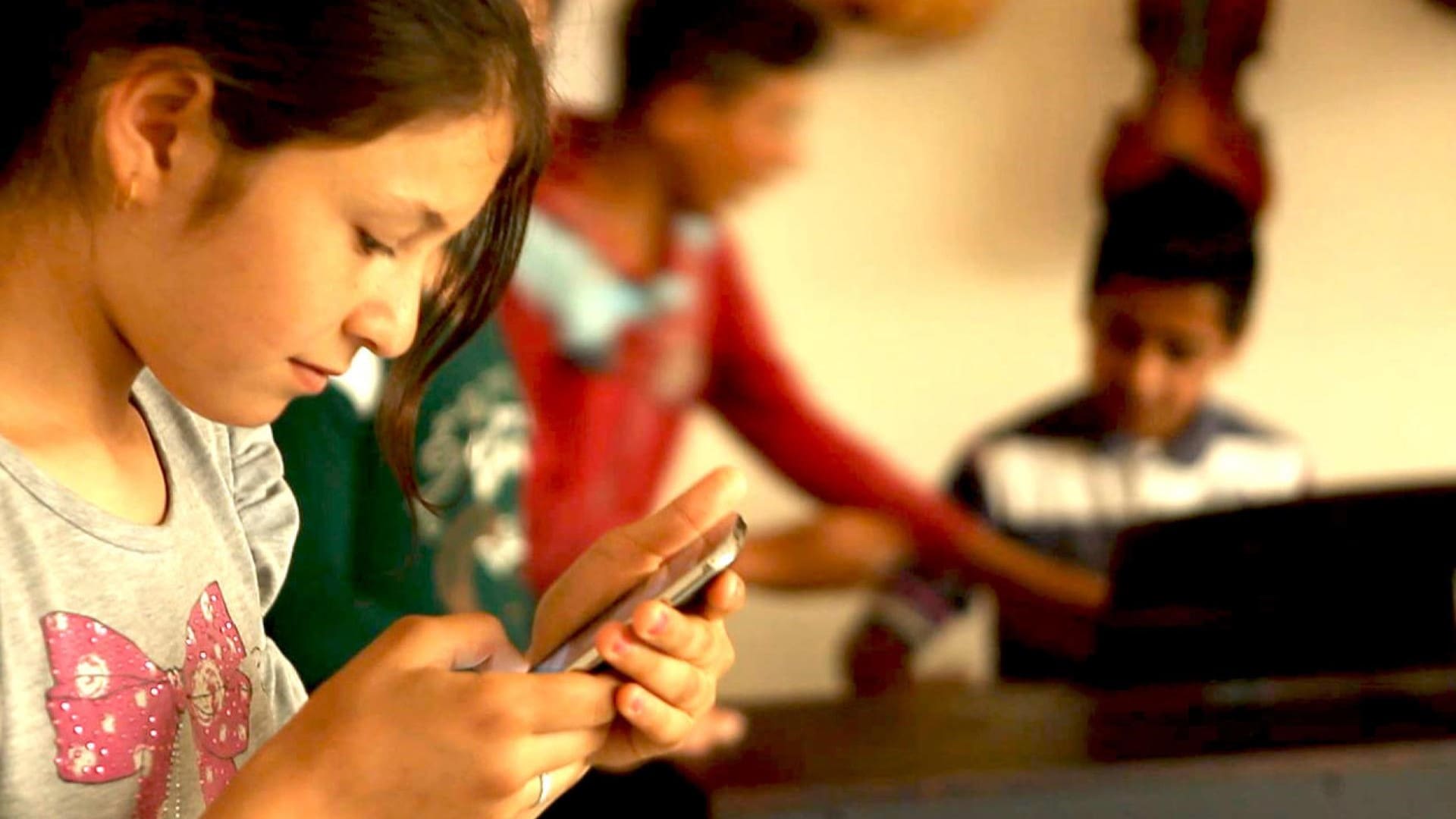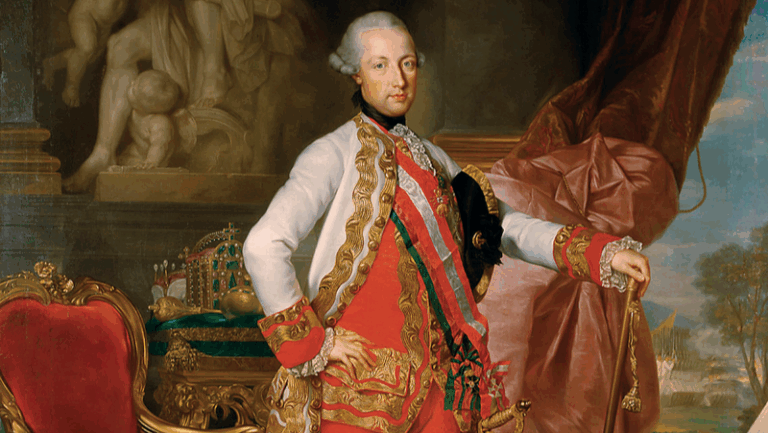How can we positively impact the future of Roma youth in Hungary? What measures can we implement to assist them, and why is this particularly important for conservative politics? There are various avenues to explore, but I propose a novel approach: TikTok.
TikTok has become immensely popular with young people, including Roma youth, in the last three years. In Hungary alone, the platform boasts over two million users, and the number continues to grow. The majority of users are typically young, often only between 10 and 12. With now even children and young adolescents having smartphones, watching TikTok videos has become a popular pastime among them. As a result,
whether we like it or not, the platform plays a significant role in primary socialisation.
As diverse and often objectionable content floods the Chinese-owned social media platform, it can pose a risk to Roma children, who are more likely to come from larger families and often poorer backgrounds, therefore their social media use tends to be less supervised by adults. However, it is important to note that the issue is not exclusive to this group.
TikTok is a relatively new platform, and the implementation of moderation policies has been sluggish. Consequently, while YouTube, Facebook, Instagram, and television offer offer plenty of quality content that can promote culture, education and serve as an inspiration, alongside the inevitable uncivilized, coarse, and oftentimes harmful ones, the vast majority of TikTok’s content still falls under the latter category.
Despite the immense popularity of the platform in Hungary, it has yet to receive any state-sponsored Roma content, programmes, channels, or influencers. This is a major mistake and a missed opportunity, as videos promoting Roma pride and culture receive more views than the degrading ones. It would be crucial to allocate the necessary resources to promoting educational and informative content that target the Roma youth, as part of the broader government-funded inclusion programmes. Thanks to TikTok’s omnipresence, such a scheme has the potential of reaching almost all Hungarian Roma youth directly and of proactively influencing their cultural and social development, integration, and desegregation in a cost-effective manner.
This is all the more so true as the algorithms used by social media are very effective: by monitoring all our activity, including conversations, across various applications and browsers, they presents us with content that is deemed most relevant for us, primarily based on our past interests and viewing history.
The problem is that those who consume Roma-focused or Roma-related content or are of Roma descent are likely to encounter plenty of degrading and undignified content online. The more of such content is generated, the more it is likely to be viewed, which then encourages those who generate them to produce even more, creating a vicious circle. As long as there is no conscious and deliberate development of content targeted at Roma children that is edifying and dignified, they will continue to be exposed to socially regressive videos.
Why is this a dilemma?
Emil Jónás, a content producer catering to the Roma community, has amassed 565,000 followers on TikTok.
Considering that Roma users are overrepresented on TikTok based on empirical data of their increased activity, it is safe to assume that the majority of Jónás’ followers are Roma as well. Upon analysing the statistical data, it becomes evident that Jónás has established a direct communication channel with at least 20 per cent of the Roma community in Hungary on TikTok. The way I see, no Roma policy programme, whether domestic or of the European Union, has ever been able to achieve that. The scale of the untapped potential here is clear, but that potential can also be exploited for purposes that do not aim at advancing the Roma. I am fairly certain that soon international networks, lobbyists and media groups will discover the Jónás phenomenon and will not hesitate to exploit it for their self-interest, instead of promoting the cause of Roma youth integration.
And this is where we come to what a conservative government should do. Positive profiles that produce valuable content should be identified, encouraged and supported. Instead of developing cultural, educational, and entertainment sites for the Roma community from scratch, existing ones should be utilized genuinely and practically. This is an essential and pressing task, which has the potential of impacting the everyday lives of the vast majority of Hungarian Roma youth cost-effectively, directly and proactively.
In the third instalment of this article series, I will acquaint the reader with the wonderfully vibrant and multifaceted realm of Hungarian Roma TikTok. This will contextualize terms that I have used, such as ‘degrading’ or ‘supportive’ content, and the wider concept of ‘Gipsy-TikTok’.








